By Michael McCrory, Event Network
Vincent van Gogh once said, "Great things are not done by impulse, but by a series of small things brought together." His painting Roses, hanging in the National Gallery of Art, exemplifies this. A single leaf in the painting consists of a few intentional brush strokes, yet together, they form a captivating whole. The same principle applies to organizations striving to make a positive impact.
Consider the John Hancock Building in Chicago - a towering marvel of 46,000 tons of steel and 11,459 glass windows. Clearly, no single beam or pane makes it iconic; it’s the extraordinary union of many components.
For companies aspiring to lead in sustainability, the path is similarly paved with small, purposeful actions. For Event Network, setting a goal to be the leader in sustainable retail practices was something that could only be accomplished by adopting a slow and steady strategy.
Responsible retail - start with one small thing
Sustainability often begins with a simple question. At our company, for example, we wondered, "Can we design 100% recycled-content plush toys without plastic beads?"
That inquiry sparked innovation, leading to the creation of eco-friendly plush animals. For businesses seeking sustainability, the takeaway is clear: Identify one product or process and ask how it can be reimagined.
Small ideas often uncover larger opportunities. In our case, the absence of plastic beads not only reduced waste but also enhanced product safety, appealing to environmentally conscious consumers and parents alike.
But even this was just the first in a series of small steps. Next, to make it a 100% recycled item, we also needed to replace the traditional plastic plush eyes with embroidery. It took time, but in the end, what began as a question became a defining feature of our product line.
Action step: Encourage teams to challenge conventional materials and processes. Simple questions often lead to transformative results.
Find value in what’s left behind
Warehouses often harbor excess materials, like the 800 cartons of outdated shopping bags we accumulated. We try to plan well in advance when one of our partners undergoes an update of their logo, but we still are sometimes left with unusable stock.
Rather than sending them to a landfill, we tried to imagine what function the material could serve. We partnered with a company called Royal Paper Stock, who processed the bags and delivered the material to one of the 75 paper mills with whom they work. By seeking creative, responsible retail solutions, we turned waste into opportunity.
Consider unused promotional products, obsolete packaging, or even unsold inventory. Many companies have the potential to repurpose or recycle, preventing waste while reducing costs.
Action step: Conduct a waste audit. Identify excess materials and explore partnerships with recycling companies or upcycling initiatives. Build relationships with organizations specializing in material repurposing.
Collaborate for greater impact
No company operates in isolation. Partnerships are powerful catalysts for sustainability if you’re willing to invest the time to seek them out. Collaborate with like-minded organizations, suppliers, and nonprofits to amplify your impact. Our collaboration with Royal Paper Stock exemplifies how specialized partners can provide valuable solutions.
Similarly, consider working with suppliers who are committed to using sustainable materials or engaging local artisans to repurpose waste into unique products. Co-branded sustainability efforts can enhance visibility and credibility.
Action step: Identify potential sustainability partners within your supply chain. Establish joint goals and celebrate shared progress.
Embrace transparent storytelling
Sustainability and responsible retail is not only about actions but also about communicating the impact. When we reuse packaging materials, we label boxes with a message: "Don’t judge this box by its cover. Reusing boxes helps save precious trees." This simple act turns a shipping box into a storytelling device that engages customers.
Shoppers are increasingly curious about the stories behind their purchases. By sharing the ‘why’ behind sustainable choices, companies can foster deeper connections and build brand loyalty. Authenticity and transparency are key.
Action step: Leverage packaging, labels, and receipts as opportunities to share sustainability stories. Educating customers fosters loyalty and reinforces your values. Consider using digital platforms for detailed storytelling.
Foster a culture of responsible retail
Ultimately, sustainability is a reflection of company culture. People are the brushstrokes that compose the larger picture. Empowering employees to contribute ideas, celebrate wins, and embrace accountability is essential.
For us, we invite our teams to share the small wins they’re making at their stores. From partnering with local agencies in order to recycle old lightbulbs, to saving and reusing packaging material for ecommerce orders, each action has a purpose that creates a culture of sustainability.
Sustainability committees, employee-led initiatives, and innovation challenges can also energize your team. Recognize contributions and provide visibility to those making an impact. Purpose-driven employees are often the most passionate advocates.
Action step: Establish employee-driven sustainability committees. Provide resources and recognition to encourage grassroots initiatives. Develop educational programs that highlight sustainability practices across the organization.
Measure & communicate progress
While small steps drive progress, measuring their cumulative impact is essential. Set clear goals, track metrics, and share updates. Transparency builds trust and demonstrates commitment.
For us, we generally measure our success through the products we sell. Knowing how many recycled items are used to make a product provides a way to quantify the impact.
Ask your vendors what they’re tracking. Selling their products might be making an impact that you can celebrate. Visualize your progress through reports, infographics, or dashboards to inspire both internal and external stakeholders.
Action step: Implement a sustainability tracking system. Use data to inform decisions and celebrate milestones. Publish regular reports to communicate progress.
Build momentum, one step at a time
Becoming a leader in responsible retail doesn’t happen overnight. Each step—from eliminating plastic beads to repurposing packaging—builds momentum. Organizations that prioritize small, intentional choices will see them accumulate into transformative results.
Final thought: What’s one small change your organization could make today? Start there. Commit to progress, and soon, you’ll see the collective impact of those small actions—just like van Gogh’s masterful brushstrokes or Chicago’s iconic skyline.
By embracing small things, you’ll contribute to something far greater.
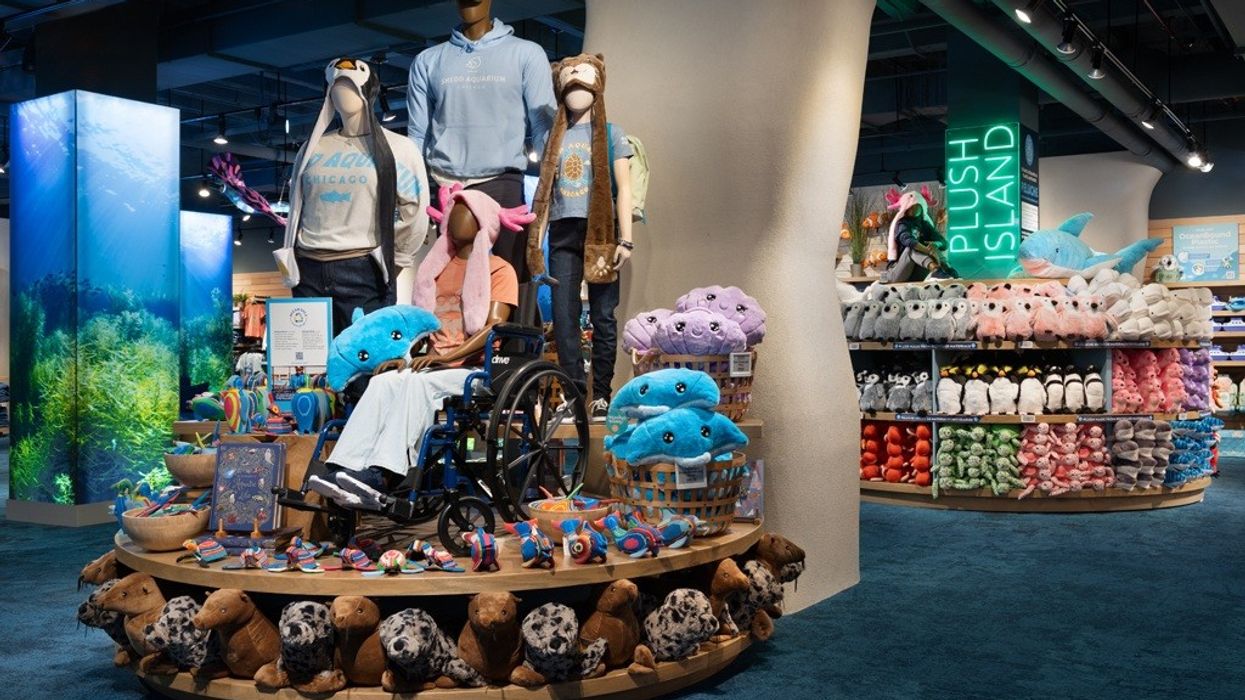


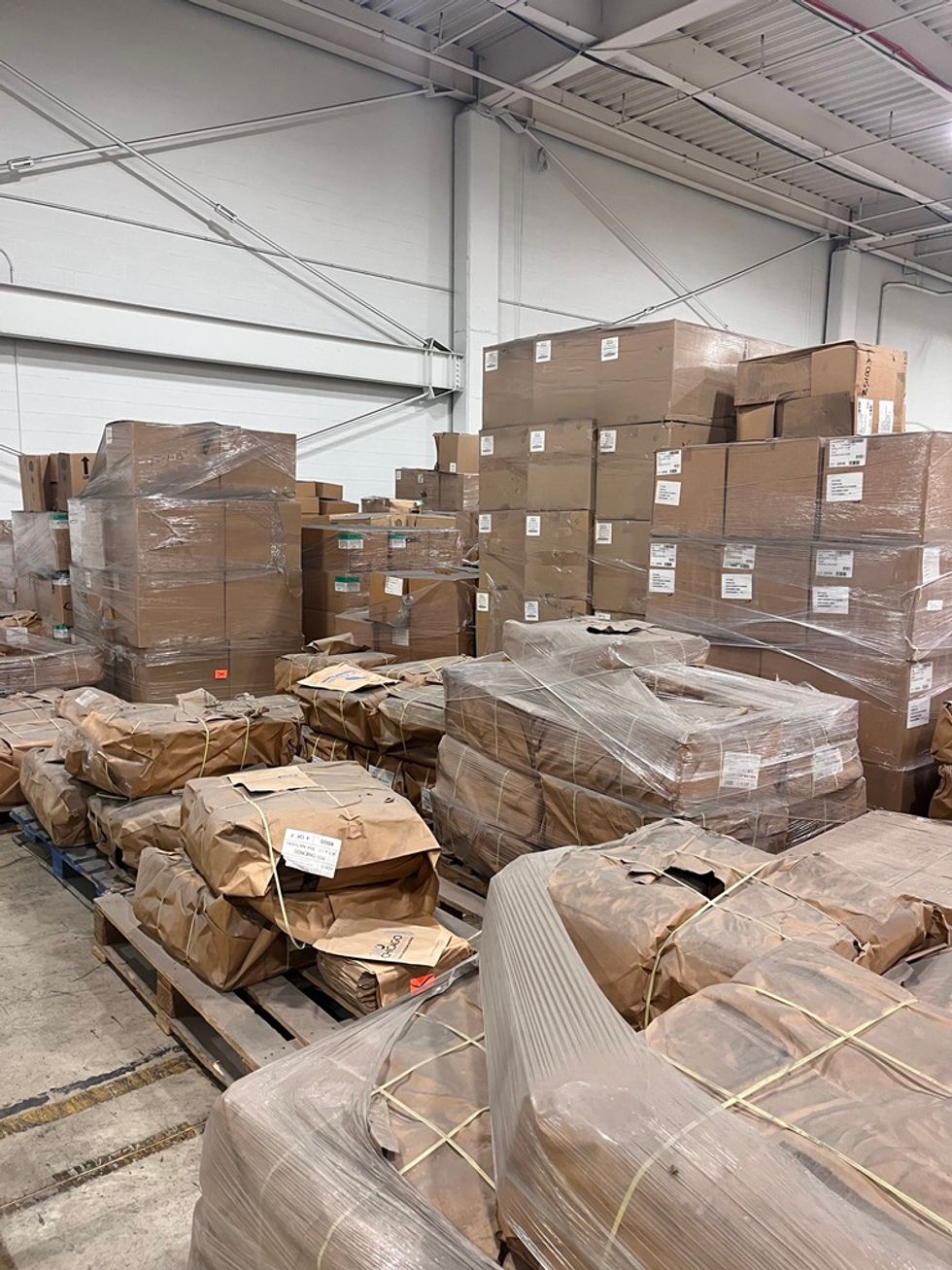

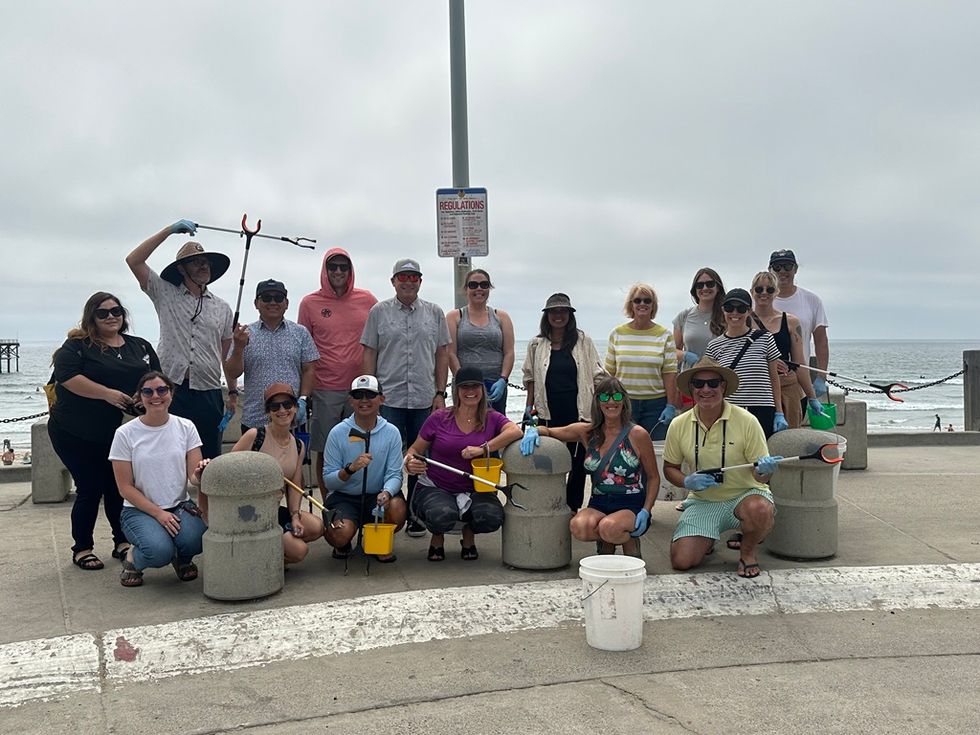






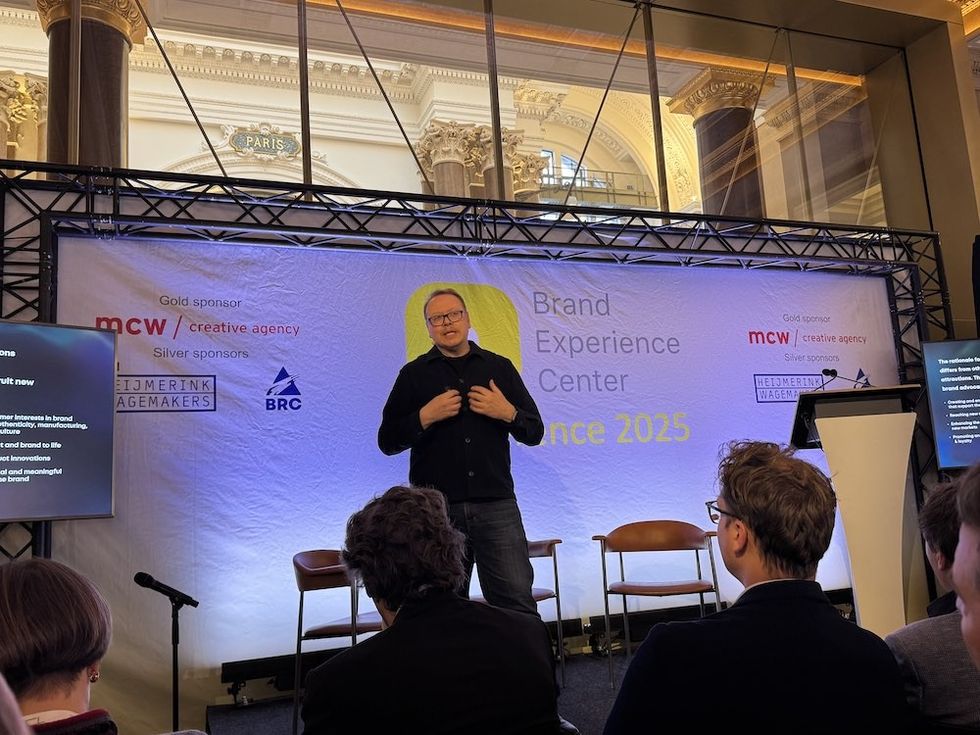 Christian Lachel, chief creative officer, BRC Imagination Arts
Christian Lachel, chief creative officer, BRC Imagination Arts  Image credit AA+W - stock.adobe.com
Image credit AA+W - stock.adobe.com Chocoversum Image credit Sebastian Fuchs
Chocoversum Image credit Sebastian Fuchs 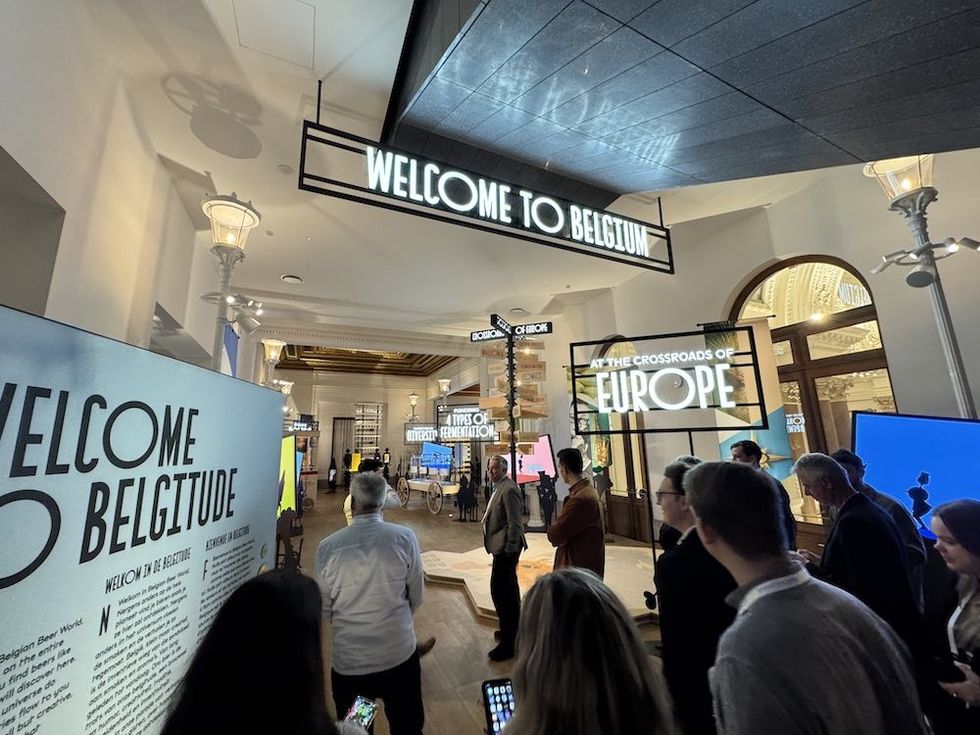 Belgian Beer World
Belgian Beer World 







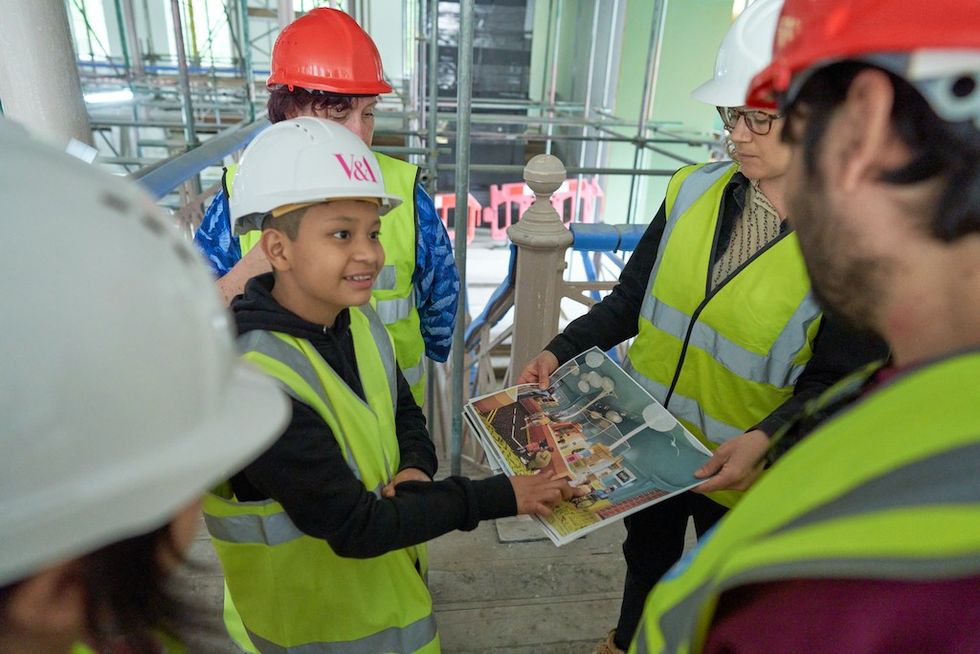 Young V&A Youth Collective members have a tour of the Young V&A construction site. Image courtesy of Young V&A.
Young V&A Youth Collective members have a tour of the Young V&A construction site. Image courtesy of Young V&A. 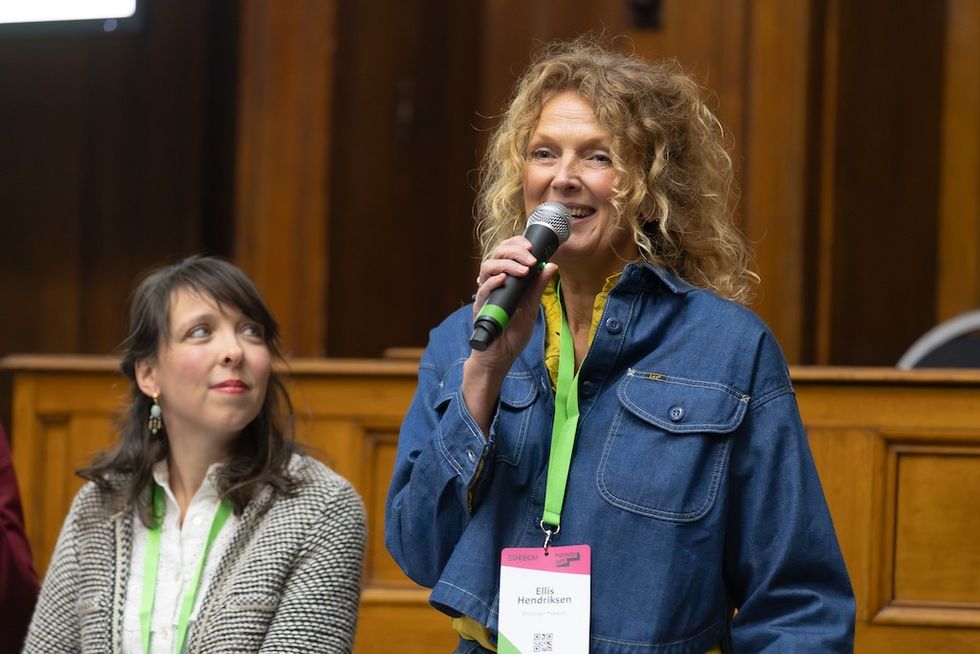 Floriane Perot and Ellis Hendriksen
Floriane Perot and Ellis Hendriksen
 Amber Ogunsanya-William
Amber Ogunsanya-William Tumblestone Hollow adventure playground by CAP.CO
Tumblestone Hollow adventure playground by CAP.CO  Ghaleya Al Mansoori
Ghaleya Al Mansoori
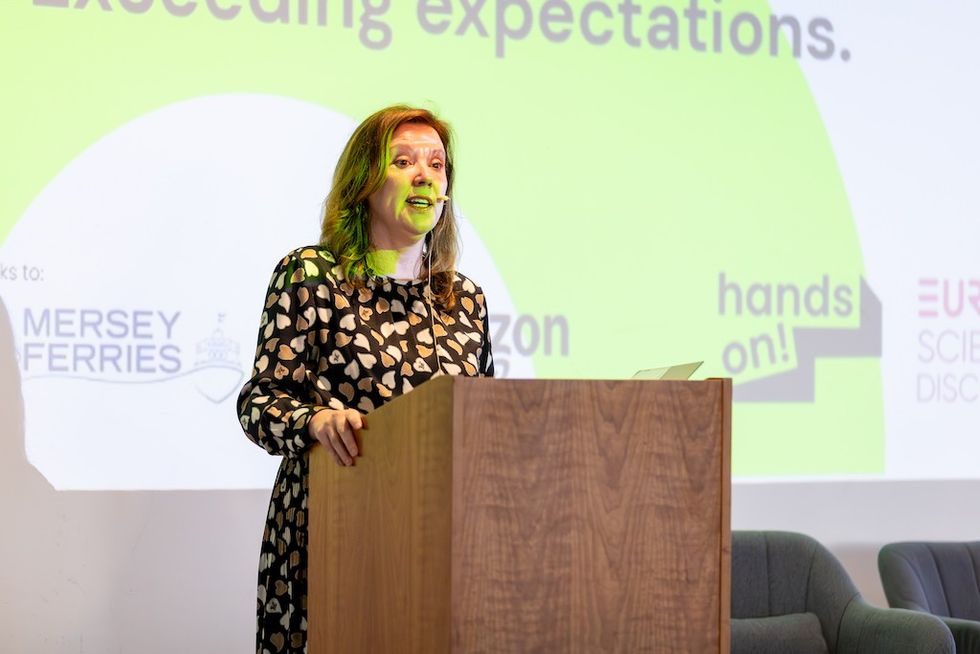 Dame Rachel de Souza
Dame Rachel de Souza Liverpool Museum
Liverpool Museum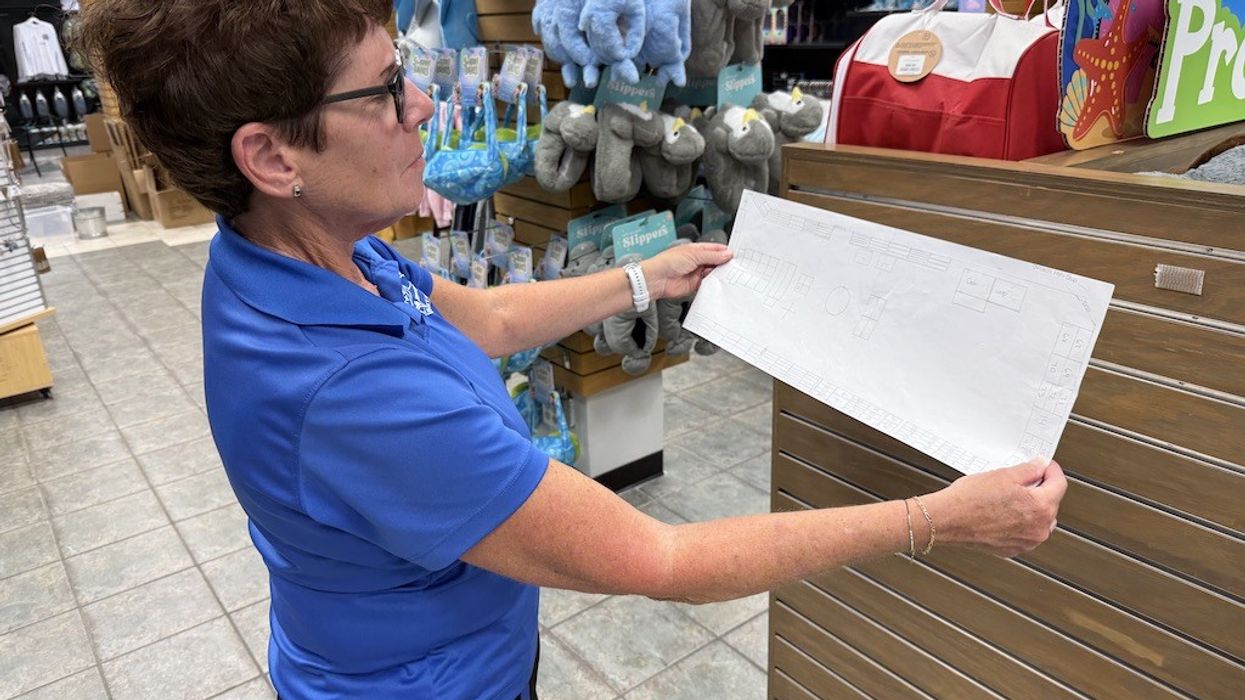
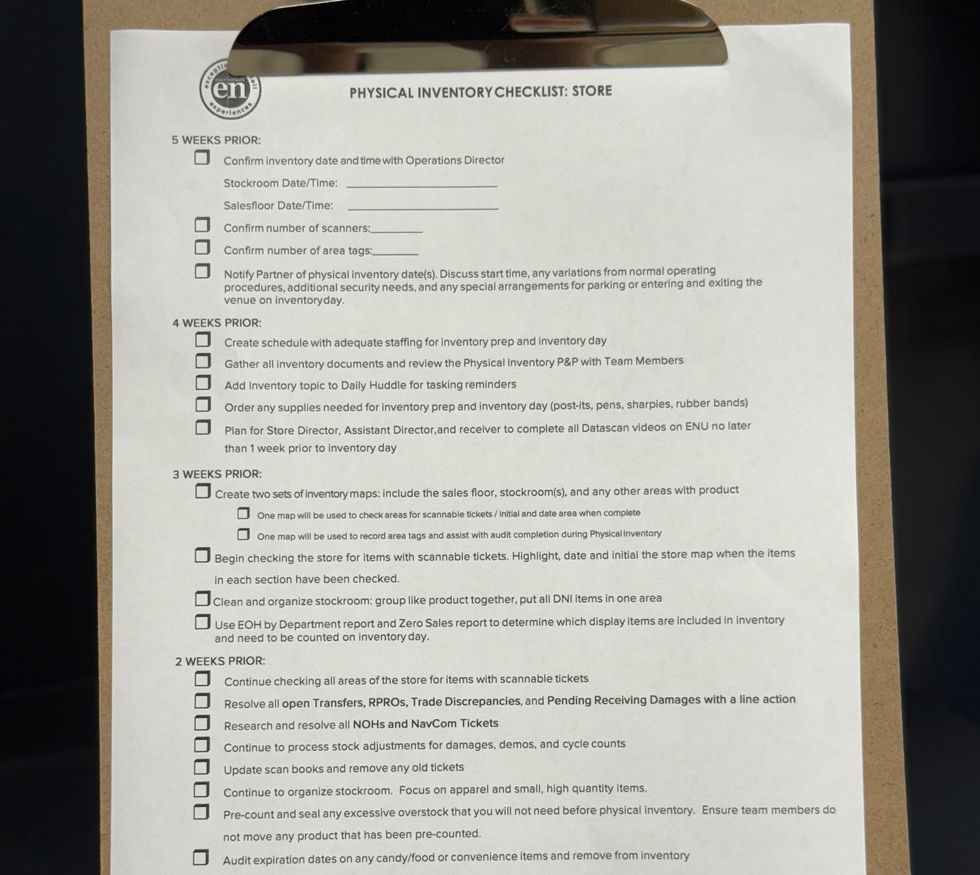
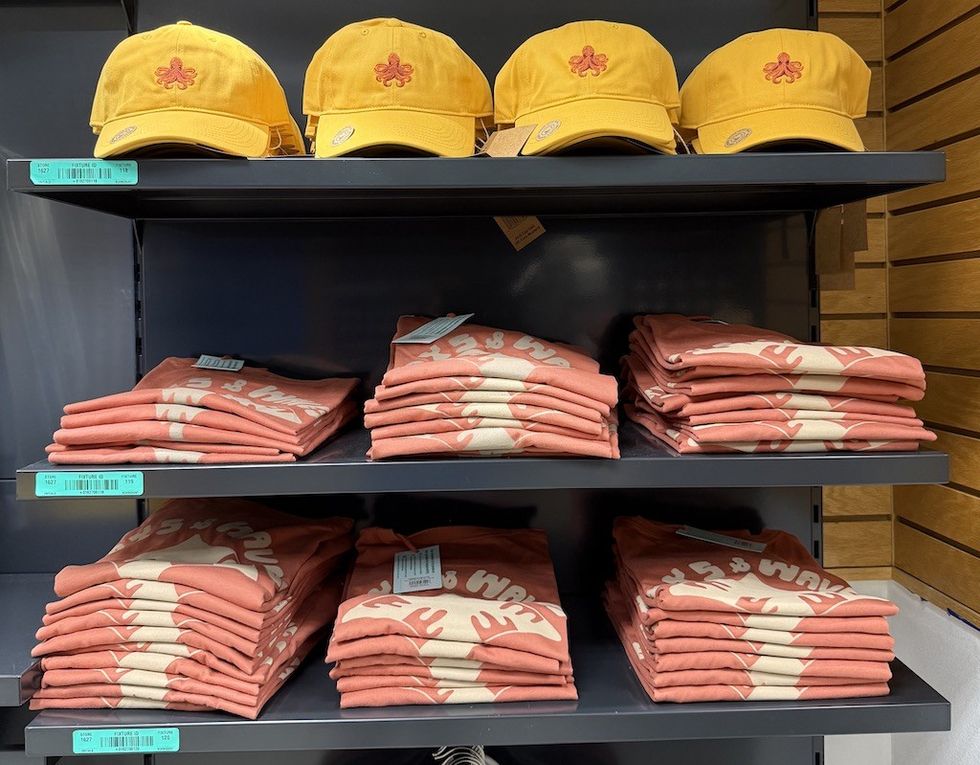
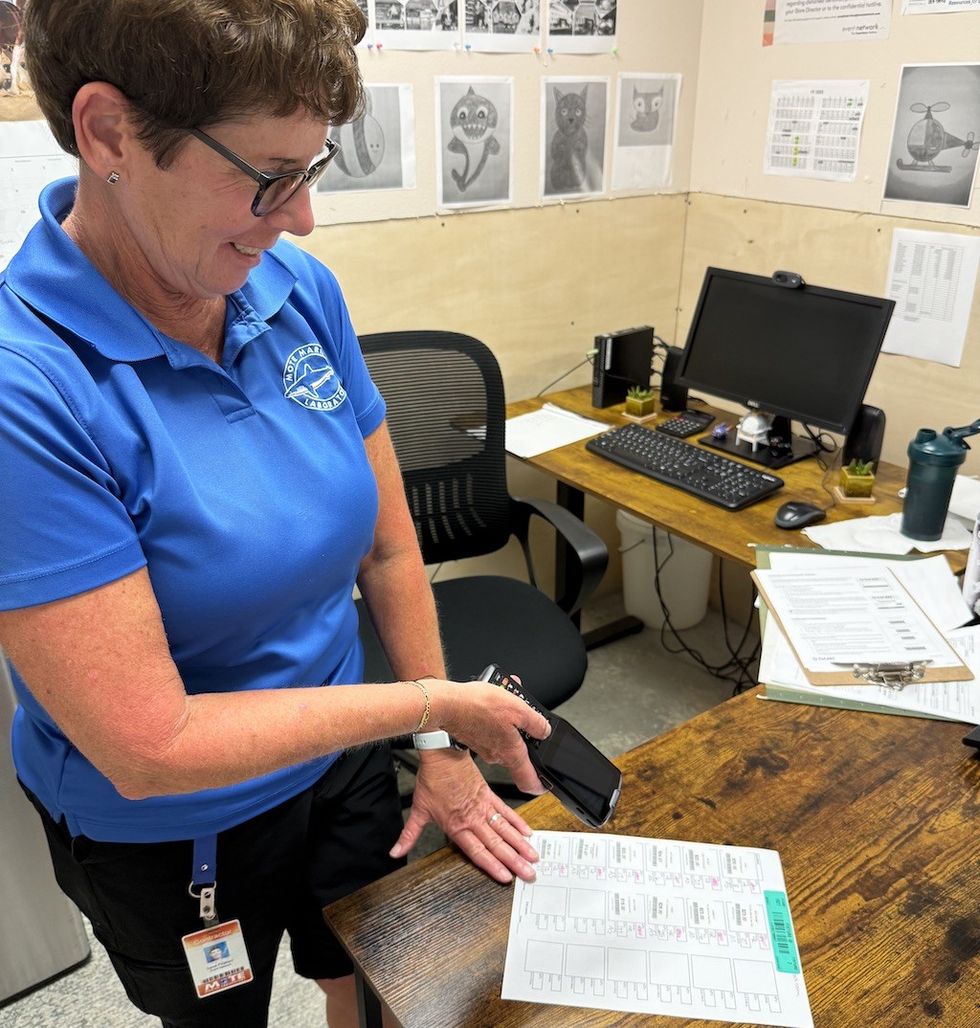


 Guests display a commemorative UN stamp sheet marking the 100th anniversary of the Palace Museum at the UN headquarters in New York, May 2025 (Xinhua)
Guests display a commemorative UN stamp sheet marking the 100th anniversary of the Palace Museum at the UN headquarters in New York, May 2025 (Xinhua)






